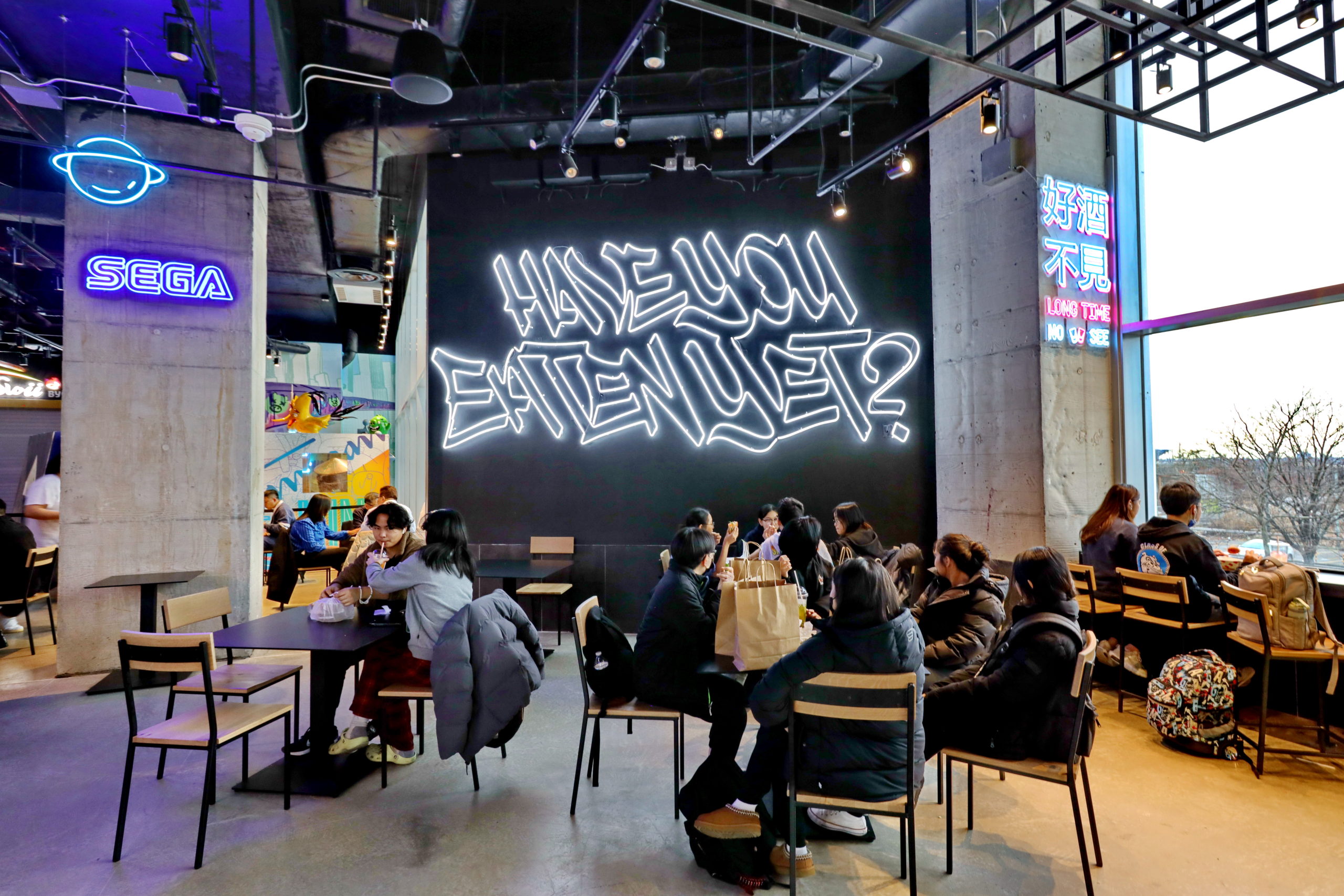In the past few years, the restaurant industry has encountered its fair share of obstacles. Owners used these challenges as an opportunity to innovate for new regulations and meet consumer trends. Restaurants created intimately designed outdoor spaces, offered to-go cocktails, crafted at-home cooking experiences, and introduced QR-code menus. As social distancing has subsided, there have been increasing opportunities for restaurateurs as they move forward and adapt to appeal to what matters most: consumers.
According to global restaurant group Mintel, the term ‘climatarian’ is being replaced by ‘regenivore,’ which signifies a change in how we look at food and sustainability. Interest in farm-to-table and locally sourced meats and produce has skyrocketed in popularity in the past few years, but sustainability is no longer enough. A regenivore looks for food brands or restaurants who are actively taking strides to reverse the impact of climate change, whether it is through agricultural processes, packaging changes, animal treatment, or smarter ingredients. Chef Amerigo Sesti of J’AIME in Bangkok discussed how today’s supply chain issues will put environmentalism at the forefront of restauranter minds. As chefs and owners are forced to rely heavily on their relationships with local farms, butchers and partners, ingredient sourcing will naturally become more sustainable.
On TikTok and Instagram Reels, creators have begun to create content for dining on a budget with focuses on consumer trends including happy hour deals, pre-fixe steals, and more. Couponing is no longer something to hide, as inflation continues to affect consumer wallets, everyone is looking for ways to dine without spending a fortune. Even smartphone applications are jumping on the trend; Too Good to Go highlights nearby restaurants that are selling surplus food, which prevents unnecessary waste and offers consumers a much lower price. According to Capital One research, despite inflation, consumers are only dining out 10% less than pre-pandemic. However, diners’ budgets may shift over the next year as a potential recession looms.
Despite budgeting constraints, there is one thing consumers will pay a premium for: experiential dining. The pandemic fueled a need for social interaction, shared experiences, and content-worthy food. In Yelp’s 2023 food trends report, they found that searches for culinary experiences such as “underwater restaurants” and “dinner theaters” were up 263% and 109%, respectively. Other currently trending experiences include tableside service, multisensory dining, game and arcade restaurants, and speakeasies. However, curated social media content has become highly influential for today’s consumers. For example, despite their higher price point, omakase and temaki restaurants are skyrocketing in popularity due to their intimate locations and beautiful, hand-crafted dishes and drinks.
Lastly, consumers will begin to see more global flavors on the menu and dishes that blend cuisines from all over the world. The trend goes well beyond just serving fusion foods, it encompasses a cross-cultural educational experience. Now that travel restrictions are lighter and people crave a greater sense of community, many of the world’s top chefs are collaborating across borders for new food inspiration. Michelin-star chefs are grasping at opportunities to travel to other countries and connect with experts in other cuisines. According to Chef Pichaya Soontornyanakij of Potong in Bangkok, diners will begin to see more innovative restaurant offerings like “Thai-Spanish tapas” or “Japanese-Italian cuisine” in 2023.
While inflation persists and the economy causes hesitancy, consumer trends have shown a shift their spending and dining-out habits to best fit their budgets and tastes. As the food and beverage industry continues to grow, restaurant owners and chefs have proven their ability to adapt to evolving consumer demands and tastes.

